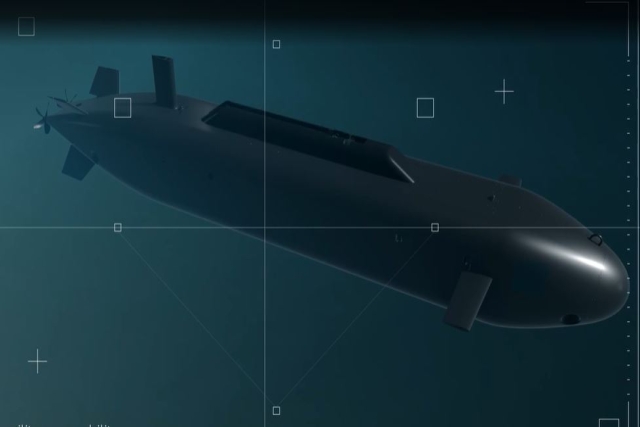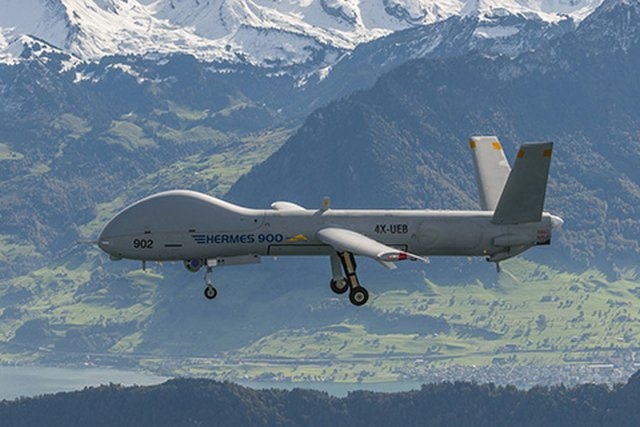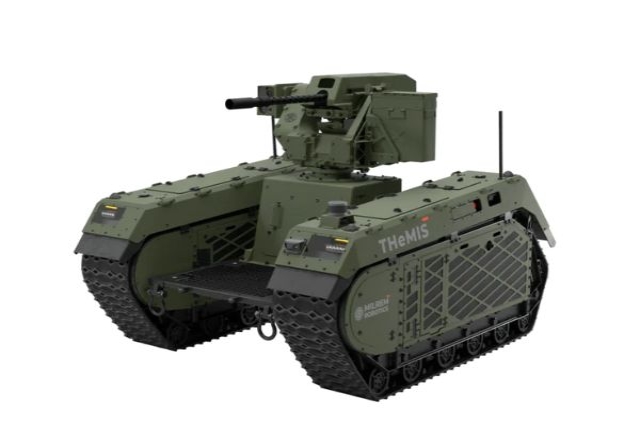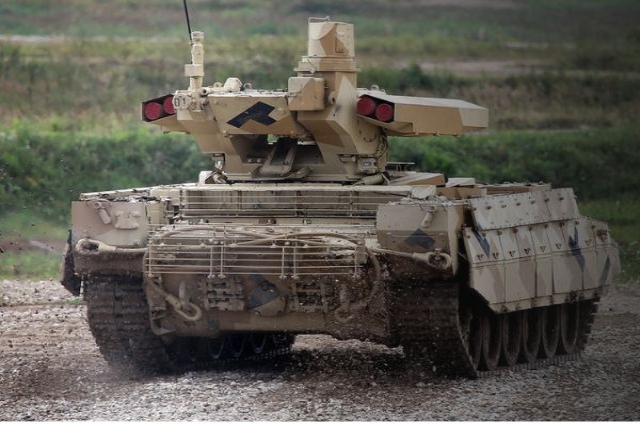BAE Systems’ Large Autonomous Underwater Vehicle to Be Ready by mid-2026
Testing Underway for 'Herne,' the Extra-Large Unmanned Vessel designed to independently navigate obstacles and avoid detection.
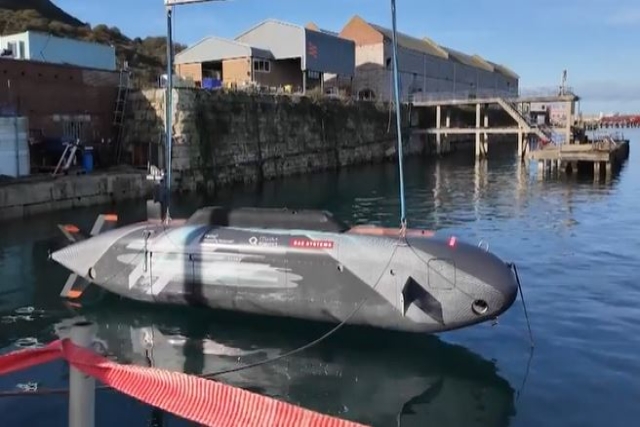
BAE Systems has announced that its extra-large autonomous underwater vehicle (XLAUV), named Herne, is set to be ready for deployment by mid-2026.
For the past eight weeks, the company has been testing Herne at a confidential harbor on the south coast. This autonomous underwater vehicle, described as a "small submarine," operates without human intervention, utilizing its inbuilt Nautomate military control system.
Herne is designed to independently navigate obstacles and avoid detection. Its modular design allows it to adapt to multiple roles by incorporating various payloads, offering flexibility for naval operations. Payloads can be swapped out in about an hour, enabling the vehicle to handle tasks such as detecting submarines or surveying infrastructure.
“You can take that payload bay out and within an hour you can remove it and slot a new one in. That could be a whole range of capabilities from the ability to detect submarines to survey critical national infrastructure,” Nick Martin, Maritime Autonomy Manager at BAE Systems was quoted as saying by BFBS Forces News.
The craft's compact size enables it to fit in a 40-foot shipping container, making it compatible with Type 26 frigates or transportation by aircraft like the A400M.
Herne will be similar in size to the Royal Navy’s upcoming uncrewed submarine, CETUS, which is slated for sea trials by 2027. Like CETUS, Herne will be powered by a hydrogen fuel cell and is expected to stay submerged for up to 45 days, covering distances of up to 5,000 km.
BAE has already demonstrated Herne to representatives from ten different navies.
Developed using an existing platform from the Canadian company Cellular, Herne's development timeline has been expedited, with completion expected in just 11 months. BAE Systems says future configurations will include cost-effective battery-powered versions with moderate endurance and hydrogen-fuel-cell variants capable of traveling thousands of miles.
Additional features under consideration include a payload bay for deploying torpedoes, such as the Sting Ray. The vehicle's design emphasizes adaptability to meet evolving naval requirements over its operational life.
